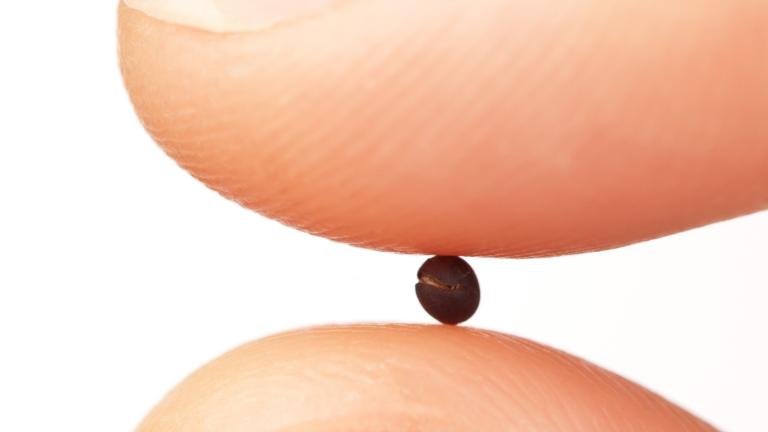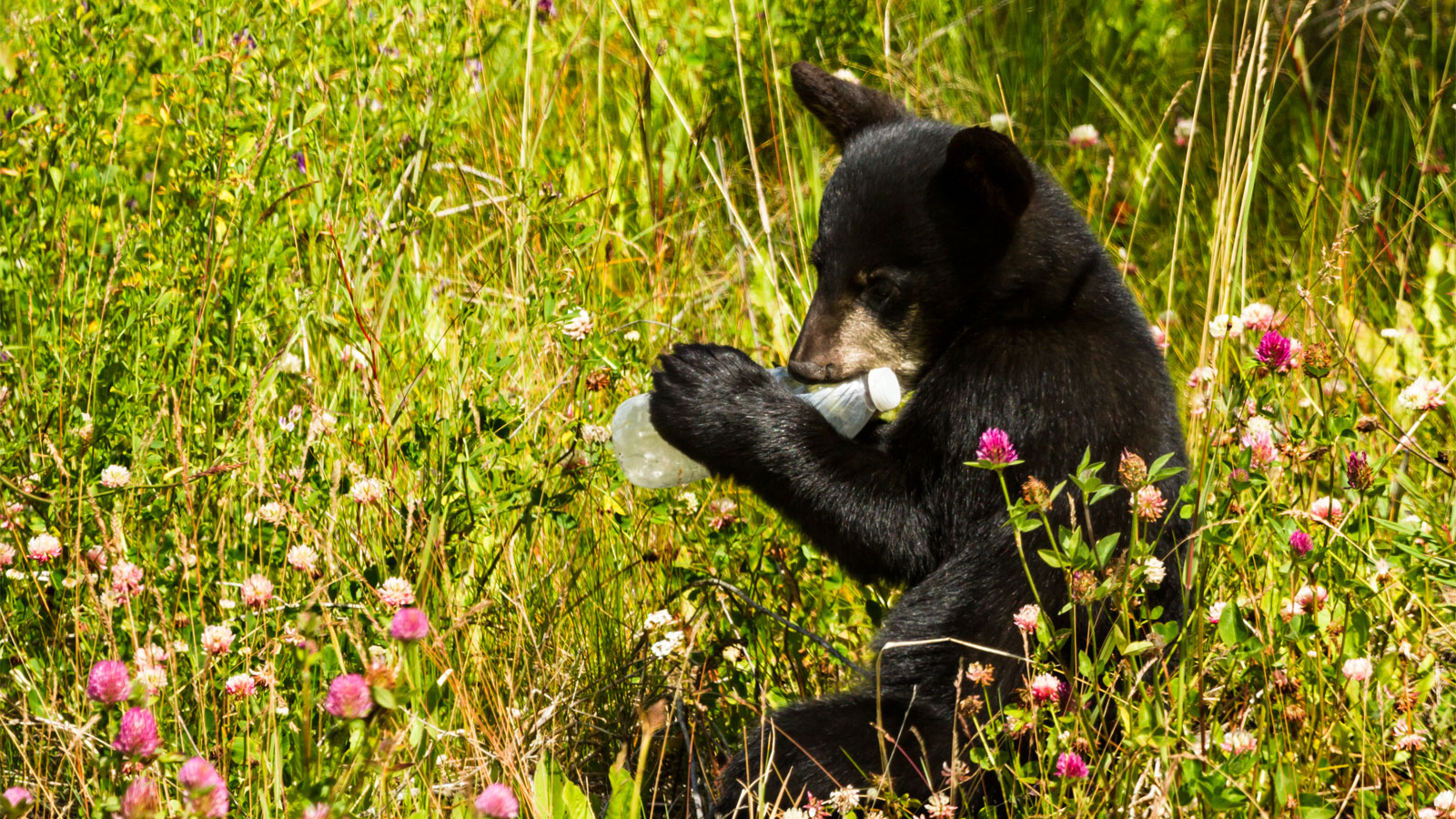“Man,” said one bear to the other, prying open his Dasani water bottle with one claw. “It’s gonna be such a bummer once they ban these babies.”
“I feel you, dude,” his ursine friend responded, gnawing at a bottlecap. “I cannot get ENOUGH of these things!”
This exchange is clearly fictional. Contrary to popular commercial imagery, bears don’t drink out of bottles. Even if they did — which they don’t, seriously — those taking up residence in national parks across the United States are going to start finding it a lot more difficult to get their paws on some Aquafina. More than 20 national parks across the country have now banned the sale of plastic water bottles, with more parks expected to enact bans of their own this year.
The campaign to make national parks disposable bottle-free is not new. In 2011, National Parks Service Director Jon Jarvis infamously blocked a bottle ban at Grand Canyon National Park that had been in the works for some time. Why would he go and do a thing like that? As it turns out, Coca-Cola is one of NPS’s top corporate funders, and obviously has a vested interest in selling plastic bottles of barely spruced-up tap water wherever, whenever, and however it can.
“For many years, Coke has attempted to use the national parks as its billboard and as its concession stand,” says Erin Diaz, director of Think Outside the Bottle campaign at Corporate Accountability International.
After a major public outcry against Jarvis’ decision, the bottle ban at Grand Canyon ended up going through in December 2011. Since then, 12 other parks across the country, including Mount Rushmore National Memorial; Petrified Forest National Park; and Natural Bridges National Monument, have followed suit, enacting both full and partial disposable bottle bans.
If a national park decides that it’s ready to reclaim the tap, it first has to undergo a feasibility study to demonstrate that a bottle-free park is logistically possible. Pending the study’s approval, the park usually has to revamp its water fountains to ensure that public water access won’t be an issue.
A number of national parks are also putting their own disposable bottle bans into the works in 2014, including Golden Gate National Recreational Area. Alright already, San Francisco – we see you. This is getting ridiculous.



